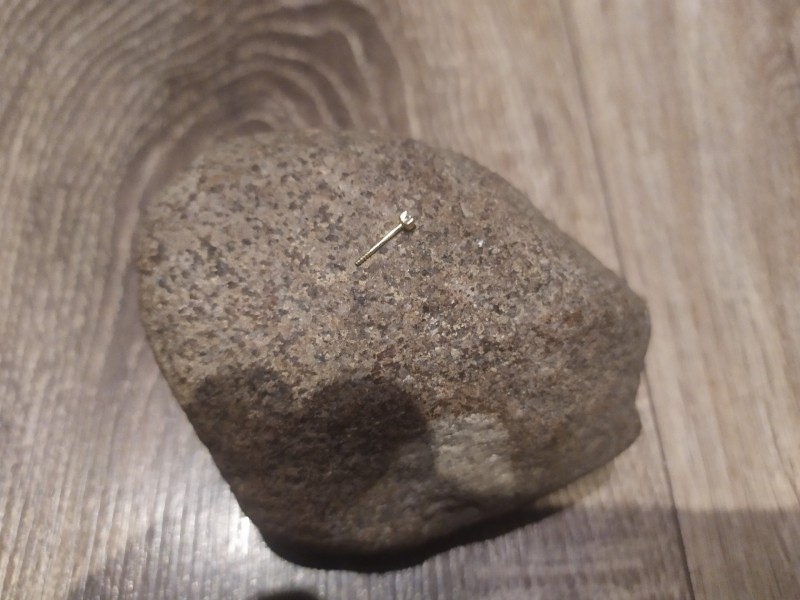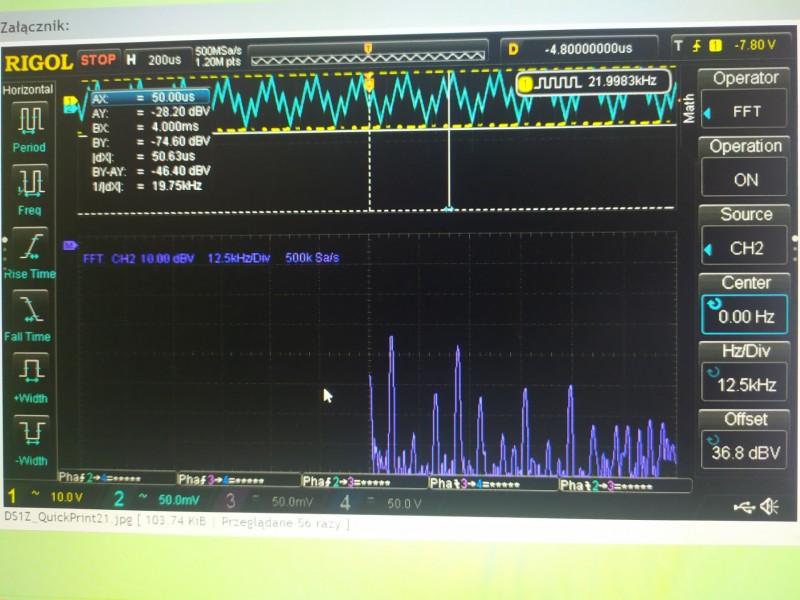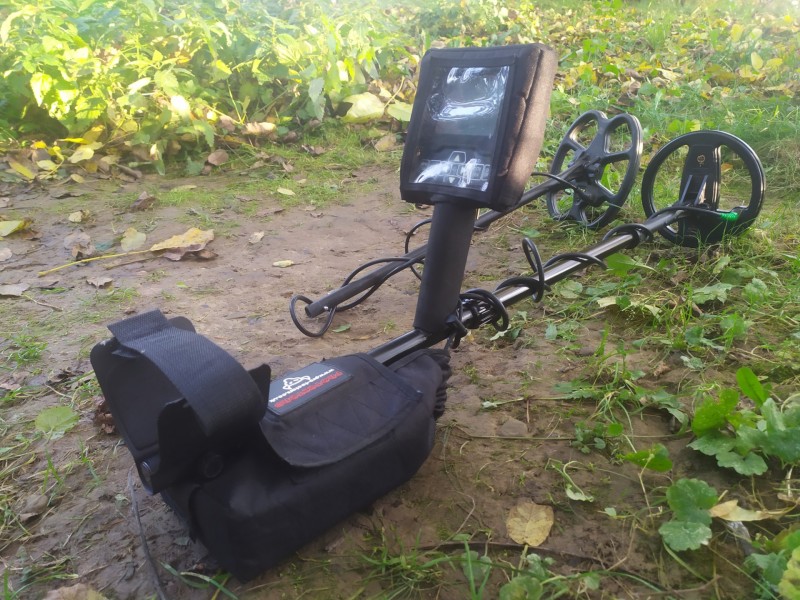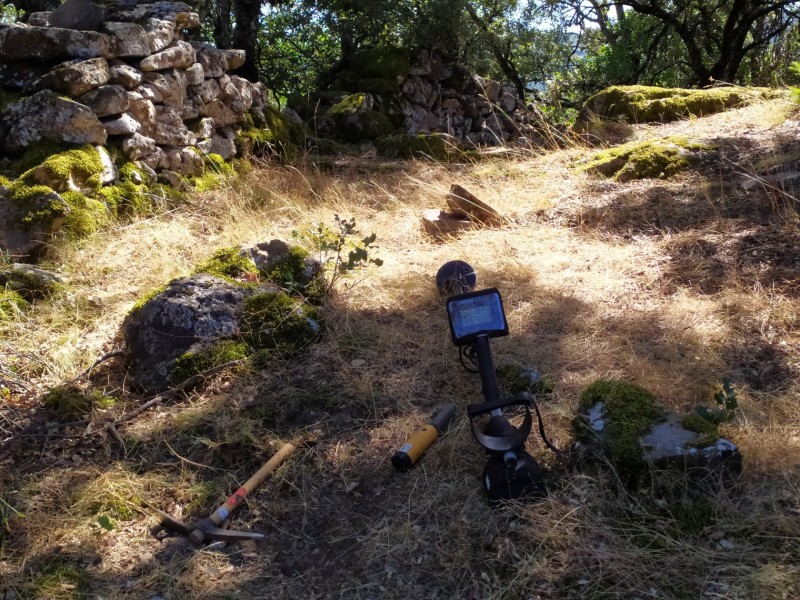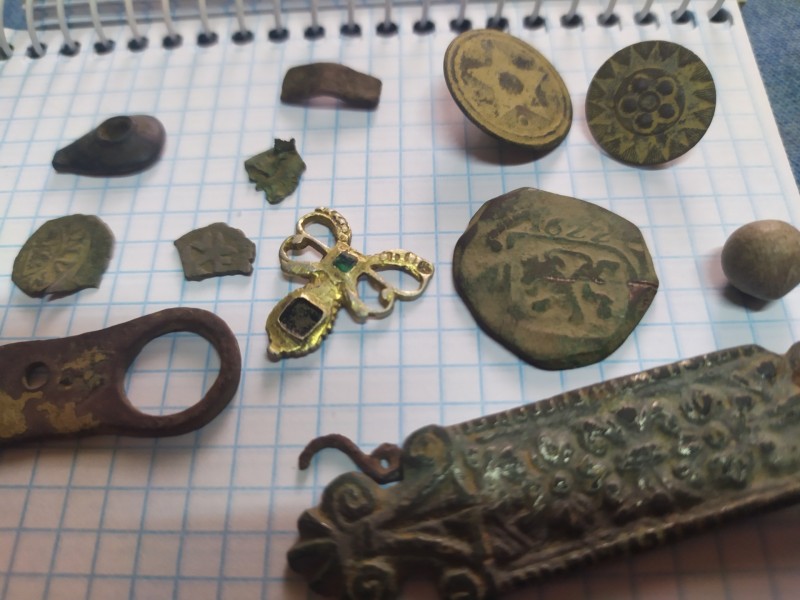-
Posts
1,348 -
Joined
-
Last visited
Content Type
Forums
Detector Prospector Home
Detector Database
Downloads
Everything posted by EL NINO77
-
GB .... the answer of your terrain in the range -4ID, -2D suggests that the terrain is polluted with iron waste ,, iron mineralization would really give higher iron -8-9 ID .. since you are looking for an 11 "coil on the equinox ... so I would recommend you to try to increase the recovery in the program Park2 n recovery speed to 7-8,, and the disk to -1ID ... and to check the signal I would put the program Beach 2 in the user program also on recovery 7-8 and setting iron bias F2 to the value 6-7 which will help you in the control comparison of some signals .... recovery speed 6 is not the final possibility of separating Equinox and at recovery 7-8 you can still detect really good signals .. Most good goals should have the same ID on both multifrequency programs ... while enough bad goals are just reflected in the different ID when comparing both programs on one goal ... He gave Another option would be to use Equinox at a 1F frequency of 15-40khz to try to cross this terrain like this .. at a higher sensitivity of the detector ..
-

Maiden Voyage For Deus :
EL NINO77 replied to Tom_in_CA's topic in Metal Detector Advice & Comparisons
In the opinion of one of my colleagues Mike .. who already has something to do with Etrac ... there is an etrac for 13 "ultimate ... in multitone + long tone ... one with really good options .. in the iron carpet ... Mike .. Etrac in long tone + multitone...in test. On the other hand, there are several very good detectors for separation in iron ... one of them is XP Deus / ORX ..which the constructors were based on the previous XP detector Gold Max Power ... which already has a good 2D and 3D separation ... It should be noted here that the constructors at Deus / ORX did a good job of testing and optimizing the size and EMF coils .. as well as the detector software - where they did not forget about the possibility of software upgrade by the user himself, which of course contributed to optimizing this detector. HF coils and X35 coils ... in which progress is mainly due to the use of high frequencies .. How to correct the use of high frequencies in unmasking targets in dense iron .. Calabasch Digger pointed out very well in his YT video..I can still write so much ... that sometimes it can help even a slight elevation of the coil 2-4 "above the signal - where it starts work well EMF coils at high frequency..can improve unmasking .. Calabash still pointed out one more thing .. at Fulltone vs Pitch tone ... that Fulltone may not be the best alternative to signal umnasking at Deus. A similar situation is the tiex with MXT .. in the Prospecting program set in Hyper-Sat ... where Pitch tone also works and often does more work than classic tone discrimination .. ------------------------------------------------------------------------------------ Now I will make a practical explanation of the work of the elliptical 9.5x 5 "HF coil in XP ORX on the coin fast-detection program for 2D-2.5D separation in iron. Elliptical 9.5x5 "HF coil - separation limit at different frequencies: at 14.0 Khz... the limit is... 6cm from the Au 9k ring.. -------------------------------------------------------------------------------------- at. 26.6 khz -the limit is.. 3cm.. from the Au 9K ring... ---------------------------------------------------------------------------------- at 74.0Khz..the limit is 0cm.. from the Au 9K ring.. ! ------------------------------------------------------------------------------------- Final? In this position, when the nail is directly above the ring ... it is possible that it is not possible to get the right signal even when using 74 Khz ... If you want to succeed ... you have to raise the coil 10 -12cm above the target ... and you really get the right signal ... at 74 Khz ... when using the frequency 14.0 Khz and 26.6 Khz you will not get such a chance..these frequencies will not give you any positive non-ferrous signal in this situation ... ----------------------------------------------------------------------------------- ** With deep 3D separation, the situation can change ... because a very important factor of optimal coil size also comes into play ... / somewhere between 8-9-11 "/ ... for the best deep 3D separation .. Now I will make a practical explanation of the work of the elliptical 9.5x 5 "HF coil in XP ORX on the coin fast-detection program for 2D-2.5D separation in iron. Elliptical 9.5x5 "HF coil - separation limit at different frequencies .. the limit is 6cm from the ring Final? In this position, when the nail is directly above the ring ... it seems that it is not possible to get the right signal even when using 74 Khz ... If you want to succeed ... you have to raise the coil 10 -12cm above the target ... and you will really get the right signal ... at 74 Khz ... when using the frequency 14.0 Khz and 26.6 Khz you will not get such a chance..these frequencies will not give you any positive non-ferrous signal in this situation ... Remember that in not all situations and positions of the target, the separation will work like this - you can feel it in certain positions of the target between the rails .. ** With deep 3D separation, the situation can change ... because a very important factor of optimal coil size also comes into play ... / somewhere between 8-9-11 "/ ... for the best deep 3D separation .. Here, an elliptical HF 9.5x5 "coil with a result of at least 32-34 cm between the nails for the right signal will not work best ... The best detectors on the correct larger 9-11" coil will get a value of 17-18 cm distance between 30 gram 6 "nails. . This test is very hard but really shows what the best detectors can do for separation. Now I will make a practical explanation of the work of the elliptical 9.5x 5 "HF coil in XP ORX on the coin fast-detection program for 2D-2.5D separation in iron. Elliptical 9.5x5 "HF coil - separation limit at different frequencies .. the limit is 6cm from the ring Final? In this position, when the nail is directly above the ring ... it seems that it is not possible to get the right signal even when using 74 Khz ... If you want to succeed ... you have to raise the coil 10 -12cm above the target ... and you will really get the right signal ... at 74 Khz ... when using the frequency 14.0 Khz and 26.6 Khz you will not get such a chance..these frequencies will not give you any positive non-ferrous signal in this situation ... Remember that in not all situations and positions of the target, the separation will work like this - you can feel it in certain positions of the target between the rails .. ** With deep 3D separation, the situation can change ... because a very important factor of optimal coil size also comes into play ... / somewhere between 8-9-11 "/ ... for the best deep 3D separation .. Here, an elliptical HF 9.5x5 "coil with a result of at least 32-34 cm between the nails for the right signal will not work best ... The best detectors on the correct larger 9-11" coil will get a value of 17-18 cm distance between 30 gram 6 "nails. . This test is very hard but it really shows what the best detectors can do for separation ... ..for an Elliptical coil in a 3D frequency test I work differently here ... the best signal you get on a silver 5 gram coin at 14 Khz ... then 26 khz khz ... best signal for gold 0.6 gram gold 9k ring best works 74khz, then 26.6 khz... if you want better 3D separation than a 9.5x 5 "Ellipse coil in normal sweeping .. you have to go to a wider 9" or 11 "coil... -

Maiden Voyage For Deus :
EL NINO77 replied to Tom_in_CA's topic in Metal Detector Advice & Comparisons
XP deus has an adjustable iron volume ,, and XP Orx does not have an adjustable iron volume, but the iron volume is quite well set ... In both signal detectors you can turn off the iron volume, so in some cases you can ..clear the signal ... These detectors belong to the class of the best separation detectors in iron, Tom_in_CA ......... I wonder if you ever used Etrac with 13 "ultimate ...in long tone... to detect this place ... -
For the first time I described this shortcoming in the use of All metal at Equinox, I described it in this article ..., but I also wrote a way to compensate for this shortcoming ... ... recently, when testing Vanquish 340 and more detectors, I did a similar test again in strong mineralization ... and compared the programs allmetall and Jewerly .. with the same result .... The program jewerly which has discrimination set to 0 ... could already give a signal with a positive ID ... Another thing is ..some such a change from the All metall program to the Jeverly program with discrimination of 0 programs at the Vanquish 340 ..can be able to signal a dubious signal in the iron separation ... program Coin can also do it, but count on a less regular signal because the V340's discrimination is set up to 10 ID .. and in our conditions we most often copy the signal from 5 IDs and more. One piece of advice I can give is ... try and see ... --------------------------------------------------------------------------------- Terrain mineralization measured Tek.G2 is 7-bar Fe304... or full strength indicator bar mineralization on XP ORX ...
-

New White's Gmz Back In Production, But Not Original
EL NINO77 replied to Pombo2000's topic in White's Metal Detectors
I see the main problem in this discussion in the fact that it is not a Whites detector .., so it is difficult to solve many aspects of this copy or imitation of the detector ..- right in the Whites Forum Section .. Let's not forget that so far we practically do not know how many rights and patents for detectors have passed from Whites to Garrett .., So this article almost belongs to the Detector Comparisons section ... at least in my opinion. ...maybe I expressed myself quite roughly, but after a few days .. I couldn't help but write something on this topic .. -
At Equinox, first of all, it must be said ... that it is one of the detectors used as one of the GB options .. so-called Factory GB detector balancing ... in this case it is GB 0 ... which is designed for various terrains from low and mild mineralization ... Why? because the stronger Mineralization of the terrain has a strong amplitude of the ground signal which will already be readable on the factory settings of Equinox .. and will often be transmitted as -8ID, -9ID .. when working on Allmetal at Equinox .. Usually, such a factory GB balancing of the detector is solved to the value of GB, which is close enough to the value of GB on Ferrit - and in this case it guarantees stable detection in a sufficient range of field situations. GB in highly variable and unpredictable detection conditions .. where the GB factory settings provide a certain stability of the detector's work ... This factory default detector balance is used by several detector manufacturers, Whites, Garrett, Tesoro, Rutus, Xp, with their detectors..and many detectors work really stably and excellently ... even if such a detector setting may not be maximal..the deepest .... Another advantage of the factory GB is ... that it provides a certain reference point for the detector to which we can always return - and compare it, for example, with the manual setting of the GB. Now for the quote at Equinox..with a manual GB in the series, the GB calculation can vary greatly according to the Type 1 and Type 2 programs used ... as well as the Recovery Speed level setting..these factors must be taken into account .. . As for better depth and ID, it's better to focus on using the right Type 1/2 program for the terrain ... which can bring better benefits in detection ... Another good advice is the use or non-use of work in Allmetall ,, in strong mineralization because in heavily mineralized terrain the use of All metall has a strong negative effect on the correct goals ID .. where the right goal can have IDs in negative numbers ... I have the impression that in "all metal equinox" when calculating the ID, it significantly less filters the Terrain Signal and this in turn negatively affects the ID. This is also the case with Vanquish when working in All metal ..., so for disputed signals use discrimination set to 0-1, or 2 ID ..,
-
The question is like insecure ..is discrimination against iron on pinpinters .. I don't use it on Profind 35 ... because I don't consider it reliable ... and the identification of iron is still in a very short range..so only it would delay me too much in the next detection .. ..but here it must be admitted that ordinary pinpointers are more built to detect coins and small objects ... but not directly to micro pieces of gold .. ... in this case I can't compete with a good detector on small 4 "-5" -6 "coils ... in range and sensitivity yet .. 2.8mm-0.07 gram 18k earrings white gold -2.4cm.. at 11khz.. 2.8mm-0.07 gram 18k earrings yellow gold-3cm..at 11khz..
-
It is also worth mentioning the Rutus Alter 71 detector, which has a continuously variable frequency from 4.4 khz - to 18.4 khz .. where the detector calibrates the coil after changing the frequency ... Another detector that calibrates the coil when changing the frequency and even very sharply is the detector Aka Signum Mfd .. Here it is still necessary to consider the technical concept of the detector itself ..., I say the same technical detection philosophy - the direction of the detector manufacturer ... and it really varies with different detector manufacturers ... if the frequency or the frequency of 17,5 khz can be sufficiently universal, then I can answer that it is OK ..- when the detector is technically ready to use this working frequency really well.
-
Mike ..., Simon .. Delay 4us at PI from Fisher is a really interesting result ... so you can expect really good sensitivity .. Now I have only one question ... When will Fisher start producing this PI Gold-pinpointer ... But that's probably the question for Rick Kempf ..👍
-
I compared Pinpointer Minelab Profind 35 and in-line probe Sun-ray DX-1 for Mxt .. Both pinpointers were tested on the sides of the probe - because they had the highest sensitivity and range there. the sensitivity setting was to max ... Profind 35 sensitivity max, and Mxt to Gain +3, GB 50-lock .. and threshold to the limit of readability .. For Spectra Vision I used a stable setting of 1F 22.5 khz best data,7.5 hz Band filter.. rx Gain 6, Ds 88 ..., because Dx-1 is not optimized on the spectra Vision... In Test: mikro 2.8mm -0.07 gram 18k gold Earings,... 0.02 gram 24k gold,.... 0.1 gram 24k gold...
-
Simon ...... Fisher also has / pulse-pinpointer / something available at least in the prototype phase /n.9/... I believe we will learn something more soon ... The development of Impulse AQ ... brings its positives to Fisher's other detection techniques. I believe that such things from development will soon get into production, and the detectorist will be able to buy it ..👍
-
I will try to compare the Sunray DX-1 probe on the Specter at 1F -22.5 khz and also on the MXT all pro ... to the pinpointer Minelab profind 35 ... which works on 13.5 khz ... I will perform the tests on 0.1gram gold, 0.02 gram gold, and also a very small 2.8mm-0.07 gram 18k gold earring .. which is significantly less detectable than 0.02 gram gold .. I can only say that this earring is very sensitive to the frequency used ... but also the size of the coil ..., and many detectors will not detect it at all ... For example, the increase in range of the Equinox 800 on a small 6 "coil is linear: Multy F -Park2 ..- 4.5cm 1F frequency: 5khz-0.5cm 10khz-1cm 15khz-1.5cm 20khz-2cm 40khz-4-4.2 cm -------------------------------------------------------------------------------------- Combining different detectors on 4-5 "small coils is also one option .. and some can prove a bit super sensitive to very small things .. but what a mistake is a 2 "coil CC or DD ... which could really replace the pinpointer ... in finding very small things ..
-

Testing The Garrett Apex / False Signals - Issue Solved
EL NINO77 replied to palzynski's topic in Garrett Metal Detectors
Since this basic scan of the MF Apex multifrequency was done by one colleague ... so far we can say with certainty ... that the Apex in the multifrequency works on at least two frequencies 5.5khz and 22 khz ... After a more documentary correction of the MF measurement, we will know more ... -
Minelab Profind 35 works on 2 frequencies, the cores are around 13.5 KHZ and are phase shifted .... profind 35 is a very sensitive pinpointer ...
-

Testing The Garrett Apex / False Signals - Issue Solved
EL NINO77 replied to palzynski's topic in Garrett Metal Detectors
I think in the first place it is necessary to find out whether there is a problem in the detector, or in the coil ... so it would be worthwhile to try the second coil on Apex first ... And then we can be a little wiser .... In a moment, coils of other sizes are also on offer ... coil connector on the electronic board ..if it is well fastened should not be a problem..otherwise it is possible that it can transmit microvibration interference..but I believe it is not so .. As for Apex and the cancellation of the multifrequency ... so is the shift of the channel of the multifrequency ... and Apex should cancel it well enough .... especially because it uses a relatively compact coil 6x11 ".. Apex in multifrekvenci.. -
......Equinox and Vanquish......
-
In Central Europe, the prices of 9 "coils - white HF and the new 9" X35 coil are practically the same ... * The price of black 9 "LF coils of the previous 2nd generation can already be used apartment often somewhere even significantly lower ... Here it must be said that black 9 "LF coils were produced in the 1st and 2nd generation.
- 9 replies
-
- coils
- jewelry detecting
-
(and 1 more)
Tagged with:
-
...it could also be the use of a small small concentric coil in an older gold bug .... because the suficiently small concentric coil can excellently detect surface non-ferrous metal even on a strongly mineralized substrate ... very often much better than the coil DD .. ...That's why I'm very interested in Steve's comparison of the 3.5 "concentric coil on the Old Gold bug and the 5" DD coil and the new Gold bug pro.
-

Alter Versus Vikings Treasure
EL NINO77 replied to xawi29's topic in Metal Detecting For Coins & Relics
Xawi29... what coil do you most often use on Alter71 to find such small pieces of chopped coins? I assume it will be a coil of medium or smaller size ... -
Well, maybe we could define it for at least 3 categories of detectors because I have a lot of them, but for me it is an inseparable part of this hobby. have some successful and excellent detectors available that share a certain correct philosophy and direction of the detector manufacturer: 1. Best for me ... multifrequency detectors .. Equinox , Etrac, Spectra V3.. 2. Best for me ... 1F Vlf detectors .. Alter71, Xp Deus,/Orx, Mxt ., Aka Signum, Tek G2... 3.Best for me ... Analog detectors .. Golden Mask -Coin Killer ,,Vista Gold gain.. Tesoro Mojave..
-
Equinox is one of the top 5 modelf of brands of detectors .. in terms of sensitivity, depth, separation and accuracy of ID .... you can use a Top detector of another brand and thus supplement your detection capabilities ... as far as the detector and coils are concerned .. if you want to go more .... wait for the next generation of detectors..some of them will be added soon ...
-

Garrett Acquires White's Electronics!
EL NINO77 replied to Steve Herschbach's topic in White's Metal Detectors
I think it was enough for Whites to innovate and update - and fine-tune .. some well and successfully-proven detectors ... and in the meantime develop 2-3 state-of-the-art models ... in a new design and with new possibilities ... ,, and of course also well managed to promote their products ... I also don't understand why, for example, someone didn't write the Adwance Book for Spectra V3 ... as well as they didn't update the software of this detector well enough in time .... even though it was planned .. Garret can do all this now ... because he knows how to do good marketing .. but he also pulled the development of detectors forward .. VISION soft..1.0.. -

Minelab Multi I Q Hype?? Watch This
EL NINO77 replied to Jeff McClendon's topic in Metal Detector Advice & Comparisons
Jeff McClendon.... So I really like this video ... Because it shows several important phenomena in response to mineralization and detection by 1F VLf and Multifrequency detectors ... The first phenomenon is ... a classically VLF detector strongly lifts ID and low conductor very often up to the maximum limit of the non-ferrous ID-area of a very high conductor ... The 2nd phenomenon is .... even if you set a higher level of discrimination for the 1F VLF detector..you can still detect low conductors in a greater depth of mineralized terrain .... because the nickel ID is strongly shifted upwards ... it can be used nicely in detection of deep objects and current elimination of surface waste .. with low ID The 3rd phenomenon is a comparison of multi-IQ in Equinox and individual frequencies in terms of signal detection and quality-accuracy of ID ... on Nickel ... where it is shown that multi-IQ retains a stable ID even in the depth of detection ..... and at 1F frequency signal strength stability and accuracy of ID strongly depends on the frequency used ... in this case I think the highest accuracy of ID retained frequencies of 20 khz and 40 khz ... while the lowest frequencies of 4khz and 5khz ... already had significantly weaker sensitivity to Nickel. Thank you for sharing this video ... I think a lot of people will open their eyes ... as far as detection in more mineralized terrain is concerned, which strongly bends the physical rules that are not so visible when detected in less mineralized terrain ..👍 -

Some Of My Finds With Alter 71
EL NINO77 replied to xawi29's topic in Metal Detecting For Coins & Relics
-

Garrett Acquires White's Electronics!
EL NINO77 replied to Steve Herschbach's topic in White's Metal Detectors
Why did Garrett buy Whites? ..... Americans have realized that if they are to maintain their position in the global detector market ... they must simply "Globalize" ... and thereby keep the cost of manufacturing and the difficulty of developing and distributing detectors to markets at an acceptable level ... Whites owns a sufficient number of patents at PI and Multi VLF..= Garrett to save a lot of time and money on developing similar and proven technologies ... and thus gain time, for example, for possible innovation of these technologies. Whites and Garret have a strong tradition in the USA, still very many ACTIVE users ... / made in America / according to me, while Garret focuses more on basic/middle class hobby detectors but also on detection equipment for state organizations in terms of security and protection ,, a. .. Whites again produced a large number of detectors focused on a higher class of hobby detectors, as well as detectors designed for gold prospecting ... where I also have a good experience Many of these customers are large enough for Garrett / Whites to continue to successfully produce and sell their detectors. and Garrett undertook to maintain both Whites Detector Service Centers in the United States at the Whites Detectors Warranty Service. And that's a good step from Garrett. The next few days will show what Garrett / Whites' next corporate policy will be like ... the merger of these companies has given Americans hope ... that new Whites detectors can be a reality ... PS ..of course ... not only Americans will appreciate such a move ... but also many Whites users around the world ..

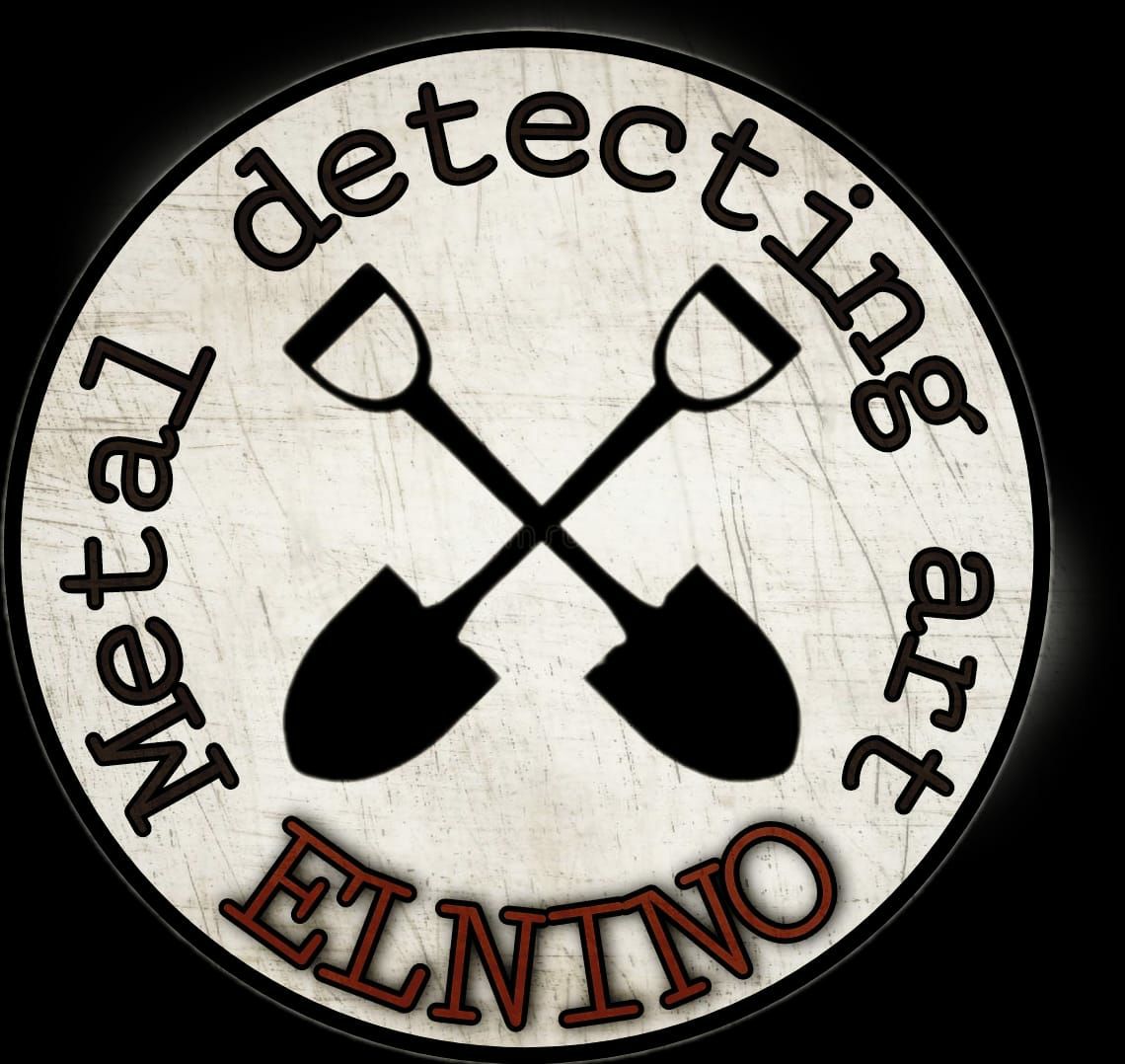
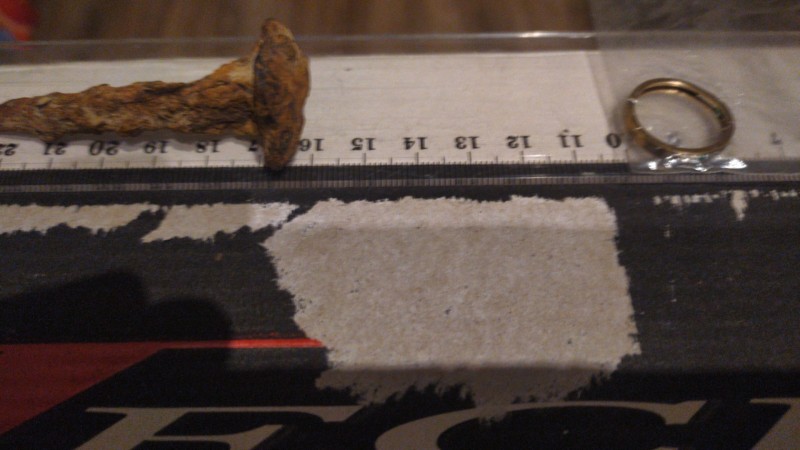
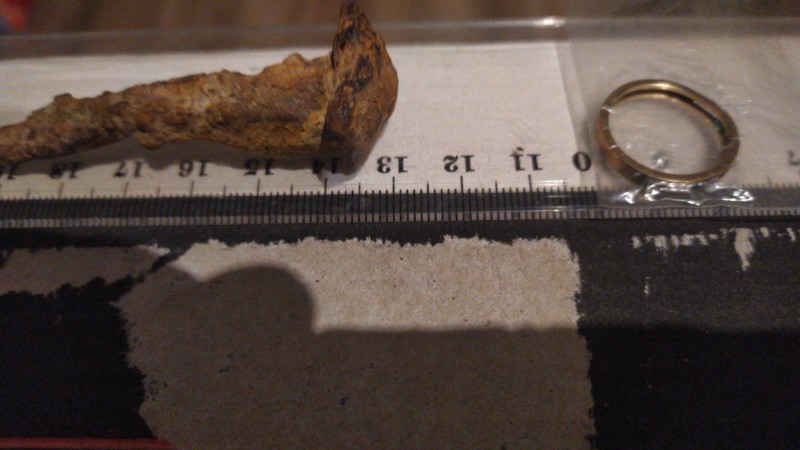
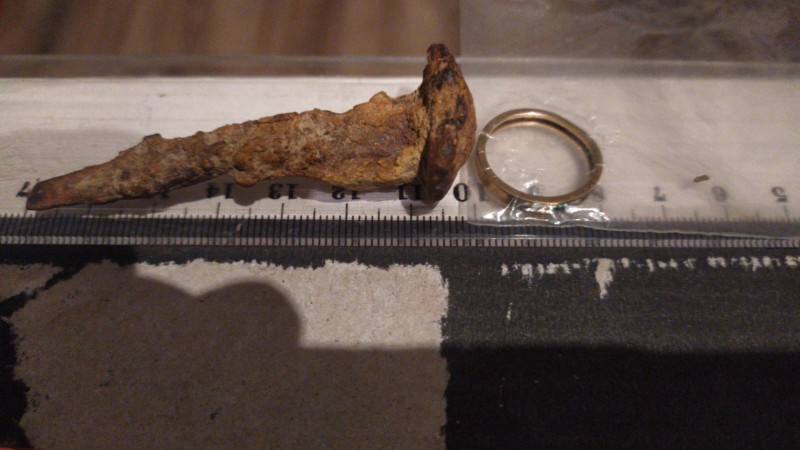
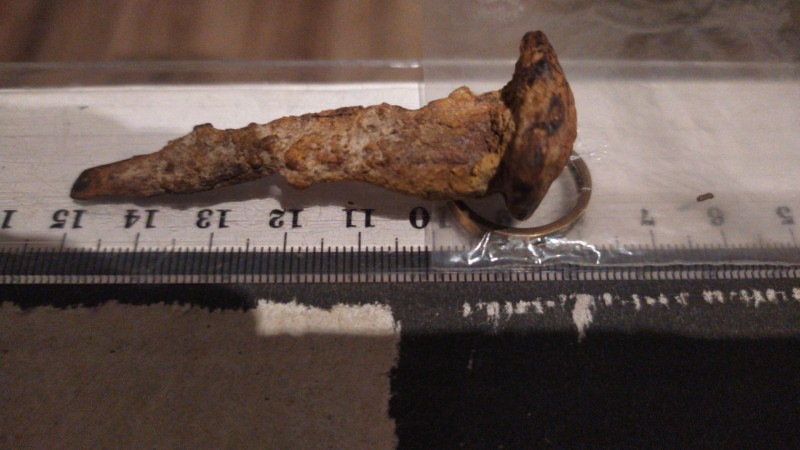
.thumb.jpg.502e6146355fa3064972bfd73a63cd9f.jpg)
.thumb.jpg.08f3c7ad3aaf204535ad77b5f2e828f0.jpg)
_Moment(2).thumb.jpg.24cb72b8fd66e8c7bbb54106afdaa7ae.jpg)
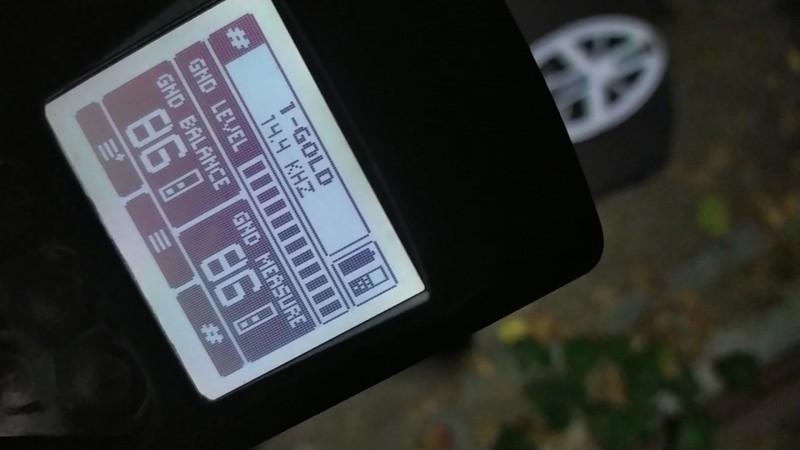
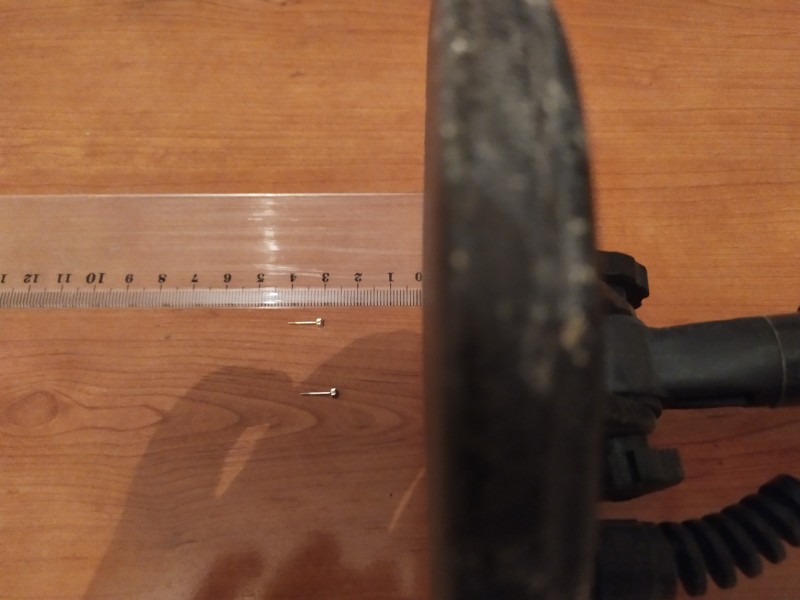
.thumb.jpg.61bea60fee1acaa9392677606edadb26.jpg)
